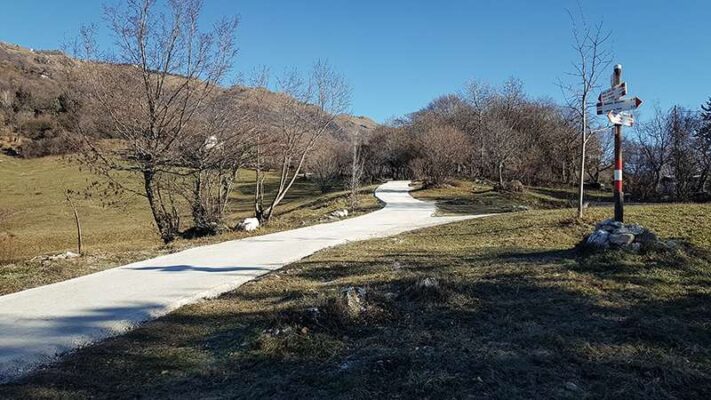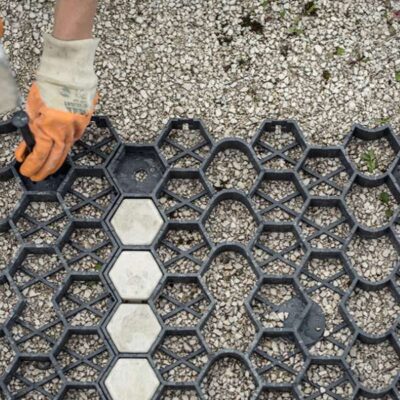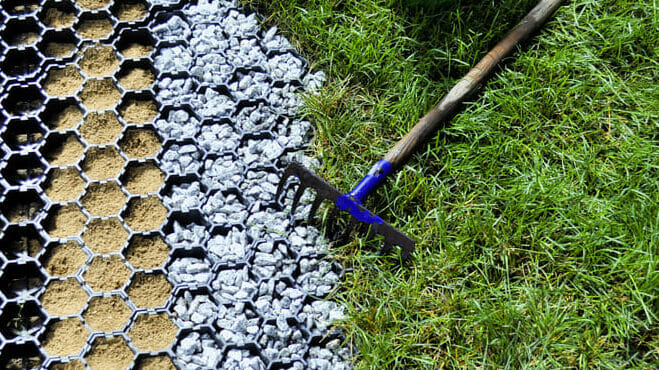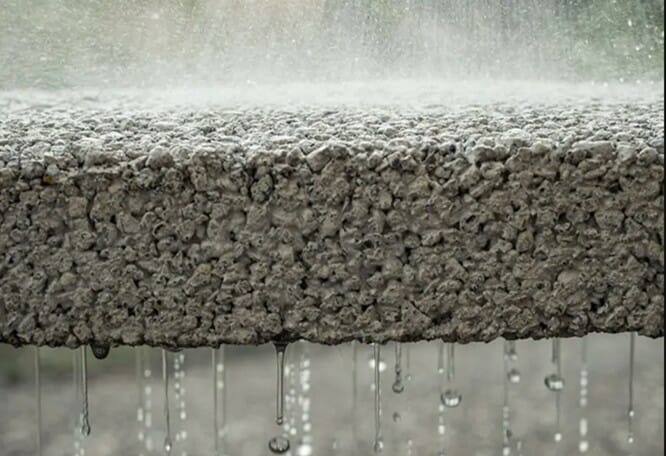Finding a single solution that can work for any situation that arises is quite complex. When it comes to draining outdoor flooringin fact, it is necessary to consider the most disparate factors: from the place where the intervention is to be carried out to the client, passing through the type of work that you want to create - a square, an avenue, a cycle path, a car park and so on - from the available material , and the budget available to complete the construction site.
Depending on the answers given to these questions - and many others which we gloss over for mere reasons of space - it will be possible to identify more easily which type of outdoor floors the choice will have to be made. If another one is added to the variables already described, the number of possible choices is further reduced: if you want to create a draining and eco-sustainable flooring, then you will necessarily have to choose between the lawn protection grid and stabilized earth.

Let's analyze in detail what the pros and cons of these two alternatives are, when to opt for one or the other and what are the procedures for installing a lawn protection grid or creating a draining flooring with the stabilized.
What is a lawn guard, when to use it and how to make it
Talking about lawn protection grill we are talking about a honeycomb structure made of plastic or concrete which allows you to create a draining surface suitable for vehicles without having to give up the greenery of a grassy surface.
Characterized by good mechanical resistance – it is no coincidence that this solution is also called armed lawn – this solution is used in the most disparate situations: it is ideal, for example, for making driveway lawns, but it is also used in the creation of avenues and cycle paths within natural parks and protected areas.

Furthermore, solutions such as Garden Grid by Terra Solida Italia allow the environmental impact of this work to be further reduced thanks to the use of materials deriving from renewable sources.
When to use the lawn guard
As already mentioned, the lawn netting is a versatile solution, which can be used without major difficulties in the most disparate situations. Usually, it is used for create driveway lawns, within which to create "eco-compatible and eco-sustainable" parking areas. Not only that: its characteristics also make it perfect for creating avenues within private parks, or cycle paths and paths within protected or restricted areas.
How to install the lawn guard
La creation of a reinforced lawn it consists of three distinct phases: preparation of the substrate; the actual installation of the honeycomb grid; laying the soil and sowing. To obtain an excellent result it is necessary, first of all, to create a base as homogeneous as possible on which to lay a layer of gravel with a thickness between 5 and 10 centimetres. Once this phase has been completed, it will be possible to lay the grid and create the "support" structure for the lawn. At this point you can proceed with filling with suitable soil and subsequently planting the grass.

The advantages of the lawn guard
The advantages guaranteed by this solution are multiple. First of all, you will be able to use the local land, without the need to purchase and use more. Furthermore, the installation of this structure requires little time and an overall limited economic investment. Despite this, the mechanical resistance it offers also makes it optimal for the transit of heavy vehicles.
What stabilized earth is, when to use it and how it is made
La stabilized land is a eco-friendly technology which allows you to create draining outdoor flooring with reduced execution times and using material already present in situ or even recycled aggregates from demolitions. Thanks to the use of ecological stabilizers such as those of Nature line by Terra Solida Italia it will be possible to create a resistant, homogeneous and continuous surface using material present in situ.
When to use stabilized earth
Given its characteristics and properties, stabilized earth is perfect for the construction of country roads, driveways within public parks or protected and restricted areas (such as archaeological areas) and in construction works. elimination of architectural barriers within areas open to the public.

How stabilized earth is made
Create a draining outdoor flooring in stabilized earth It's not complex at all. First of all, it will be necessary to intervene on the subgrade, creating an earthy layer between 25 and 40 centimeters wide which must guarantee compactness and permeability (for this reason it is strongly discouraged to use clayey soils). On this surface it will then be possible to lay the draining flooring in stabilized earth: by mixing the eco-friendly stabilizer with the soil present in situ, with the fine stabilized quarry or aggregates of various kinds, you will obtain a mixture characterized by high mechanical resistance and high permeability. You will then have to compact everything and wait for the glue to set. The pavement thus created will be accessible to vehicles in a short time.
The advantages of stabilized earth
Compared to other similar solutions - such as gravel roads or concrete avenues - stabilized earth guarantees high mechanical resistance, high degree of permeability and extremely short completion times for the work. If used in the resurfacing or maintenance of dirt roads, for example, the stabilized prevents the formation of potholes, while at the same time ensuring correct drainage of rainwater. Furthermore, it is a solution with a very low ecological impact: the stabilizer does not release toxic substances into the soil and, once it reaches the end of its life cycle, can be 100% recycled.
